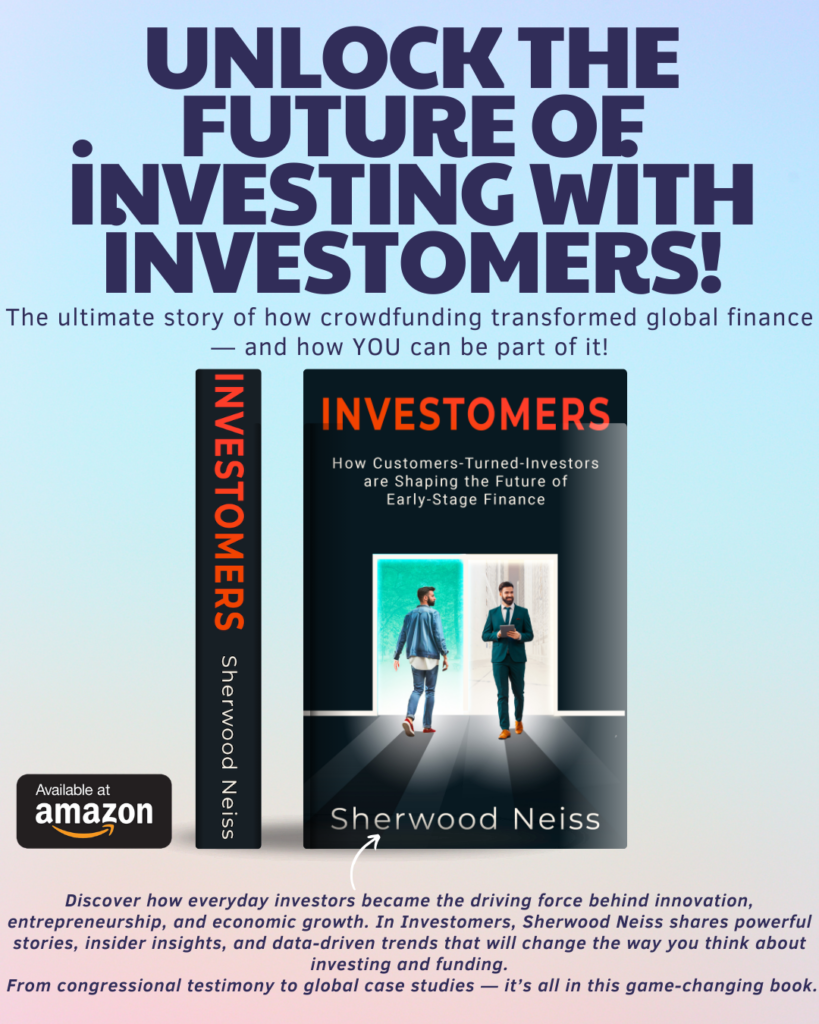When venture capital pulled back from early-stage startups, it left behind more than ghosted pitch decks. It left a hole in the early stage funding landscape—one that institutional money hasn’t returned to fill.
And yet, the startups never stopped forming.
In 2022, as markets reeled from interest rate hikes, declining valuations, and a frozen IPO window, many assumed the venture slowdown was temporary. But now, nearly three years later, new data suggests something more lasting: early-stage VC hasn’t paused. It’s migrated.
According to PitchBook, just 41% of venture capital deals in 2016 were classified as late stage. By 2025, that number has grown to 61%. Measured by dollars, the shift is even sharper: 96% of VC capital now flows to later-stage rounds, up from 89% nine years ago.
“It’s not a downturn anymore. It’s a structural reset,” says Sherwood Neiss, a co-architect of the JOBS Act and general partner at the early-stage fund D3VC. “VC is doing what public markets did—consolidating around safe bets. But that leaves a lot of overlooked potential.”
A New Path for Early Stage Funding—and a New Class of Investor
In the vacuum left behind, a parallel market has emerged. Quietly at first, then with increasing velocity, founders began raising capital under Regulation Crowdfunding, or Reg CF—a provision of the 2012 JOBS Act that allows private companies to raise up to $5 million annually from the public via SEC-registered platforms.
Since its launch, more than 10,000 offerings have raised capital using Reg CF, attracting over $2.9 billion from retail and professional investors alike. The average investor isn’t a fund manager. It’s a customer, a fan, or a founder who sees promise in a product before the institutions ever do.
While still nascent compared to traditional VC, the Reg CF ecosystem is no longer fringe. On any given day, over 400 active offerings are live across more than 100 platforms—creating new early stage funding opportunities that didn’t exist a decade ago.
And they’re coming from places the venture capital establishment has historically overlooked.
Not Silicon Valley—Sheridan, WY
One of Reg CF’s most significant shifts has been geographic and demographic decentralization. Founders in places like Atlanta, Phoenix, or Detroit are raising capital from their communities, bypassing the usual gatekeepers in New York and San Francisco.
Roughly half of successful Reg CF campaigns today are led by women or minority founders—a figure that far outpaces the averages reported by institutional venture firms. According to Neiss, that’s not just a social story—it’s a financial one.
“You’re seeing first-mover capital flow into companies that never would’ve made it into a coastal fund’s pipeline,” he says. “And some of those are now getting follow-on rounds at higher valuations. That’s a signal. The crowd is becoming the new filter for early stage funding.”
Access Doesn’t Equal Clarity
Still, for all its momentum, Reg CF is not without challenges. Chief among them: information asymmetry.
Platform disclosures are inconsistent. Deal terms vary widely. And with hundreds of live campaigns, investors struggle to separate marketing from momentum.
“There’s data everywhere,” Neiss says, “but it’s noise unless you know how to read it.”
That’s where firms like CCLEAR come in.
Launched to bring structure to the fragmented world of Reg CF, CCLEAR tracks over 5 million data points across every offering in the space. The dataset includes campaign filings, terms, traction, and—most critically—real-time investor sentiment: how many investors are writing checks, in what sectors, and at what velocity.
The firm’s insights have already been adopted by family offices, fund managers, and fintech firms trying to identify signals in the market’s earliest stages.
The New Stack: Data, Signals, and Funds
For investors seeking early stage funding opportunities, this market now offers four ways to participate:
- Do the work manually, tracking individual campaigns across platforms.
- Subscribe to structured datasets like CCLEAR for daily intelligence.
- Follow the signals, such as CCLEAR’s Capital Pulse report, which applies AI/ML to flag top-performing live deals.
- Or invest through funds like D3VC, which use algorithmic models to identify early-stage opportunities—and are already seeing follow-on rounds at higher valuations.
The first approach is time-consuming. The fourth may be the most efficient.
What Happens Next?
If the post-2022 market was a test, Reg CF has passed. The structure is there. The capital is flowing. And in a world where early-stage venture looks more like late-stage private equity, the crowd may be where venture truly begins again.
The private capital markets may not be democratized yet—but they’re being rerouted. And the investors who recognize that shift early are already finding their advantage in early stage funding alternatives.
To explore the full dataset and strategy:
